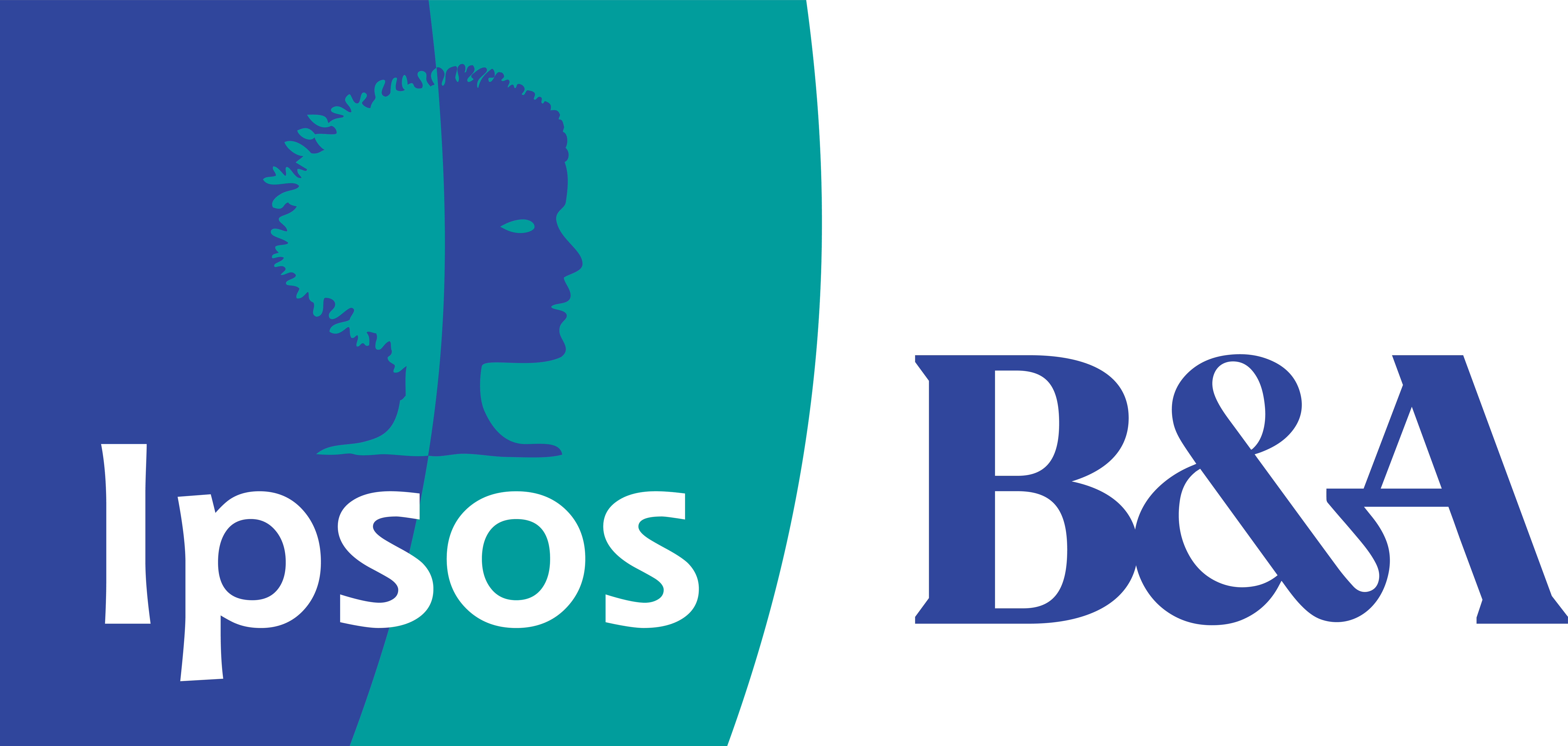John Graham
John Graham
Born in Dublin in 1962, John Graham studied Fine Art Printmaking at NCAD, graduating with a BA in 1993 and an MFA in 2006. In addition to drawing and printmaking, his practice has included video and sound installations, writing and curatorial projects. He has exhibited widely in Ireland and internationally, most prominently with Green on Red Gallery, Dublin and Yanagisawa Gallery, Saitama, Japan.
His current exhibition, Familiar Things, runs from November 2024 to February 2025 at the Hugh Lane Gallery. John’s work is in many public collections, including IMMA, National Gallery of Ireland, Arts Council of Ireland, Chester Beatty Library, University College Dublin, Trinity College Dublin and New York Public Library. His critical writing has appeared in many artists’ books, gallery publications and reviews.
The prints
In John Graham’s hands, the simple ruler becomes as subtle and delicate a means of expression as the finest sable brush. His three prints for Ipsos B&A—Set (A), Set (B) and Set (C)—depict systems of intricately opposing ruled lines—the horizontal in conversation, you might say, with the vertical. At first sight these abstract images seem to present a simple, almost machined appearance, but on closer inspection the intensity of the human agency driving each stroke quickly becomes apparent—in the multiple different thicknesses of line, the faint wobbles, the sudden unstable gaps. By orchestrating the tension between these two contradictory perceptions of what is going on, John Graham has created images of outstanding power and beauty.
The technique
John Graham is a multi-disciplinary artist and writer, and printmaking forms a key element of his practice. John was invited to Graphic Studio Dublin to collaborate on a series of multi-plate colour etchings for Ipsos B&A, taking as their starting point some of the works from his exhibition Hold to the now, the here, through which all future plunges to the past, which ran in the RHA Ashford Gallery earlier this year. The sculptural qualities of etching are important to John’s work, and this means making plates with deeply bitten lines. In Graphic Studio, we measured the depth of the etch on the first plate, so that it would match the second plate exactly after it had gone through the press a second time. The deboss of the shapes into the paper was crucial also, so that the copper we used was a thicker gauge than usual, creating a deep impression into the paper.
John’s palette is beautiful to work with, and we really enjoyed pushing and pulling in different directions to find the right balance. The subtle tones in his work depend on a range of values working together—from the soft roll-up in the background colour to the hint of colour in the black, leaving a little plate tone on the image. Once printed and flattened, each print still holds the plate marks, the seam lines in its centre, and the peripheral contours showing the journey of its making.


